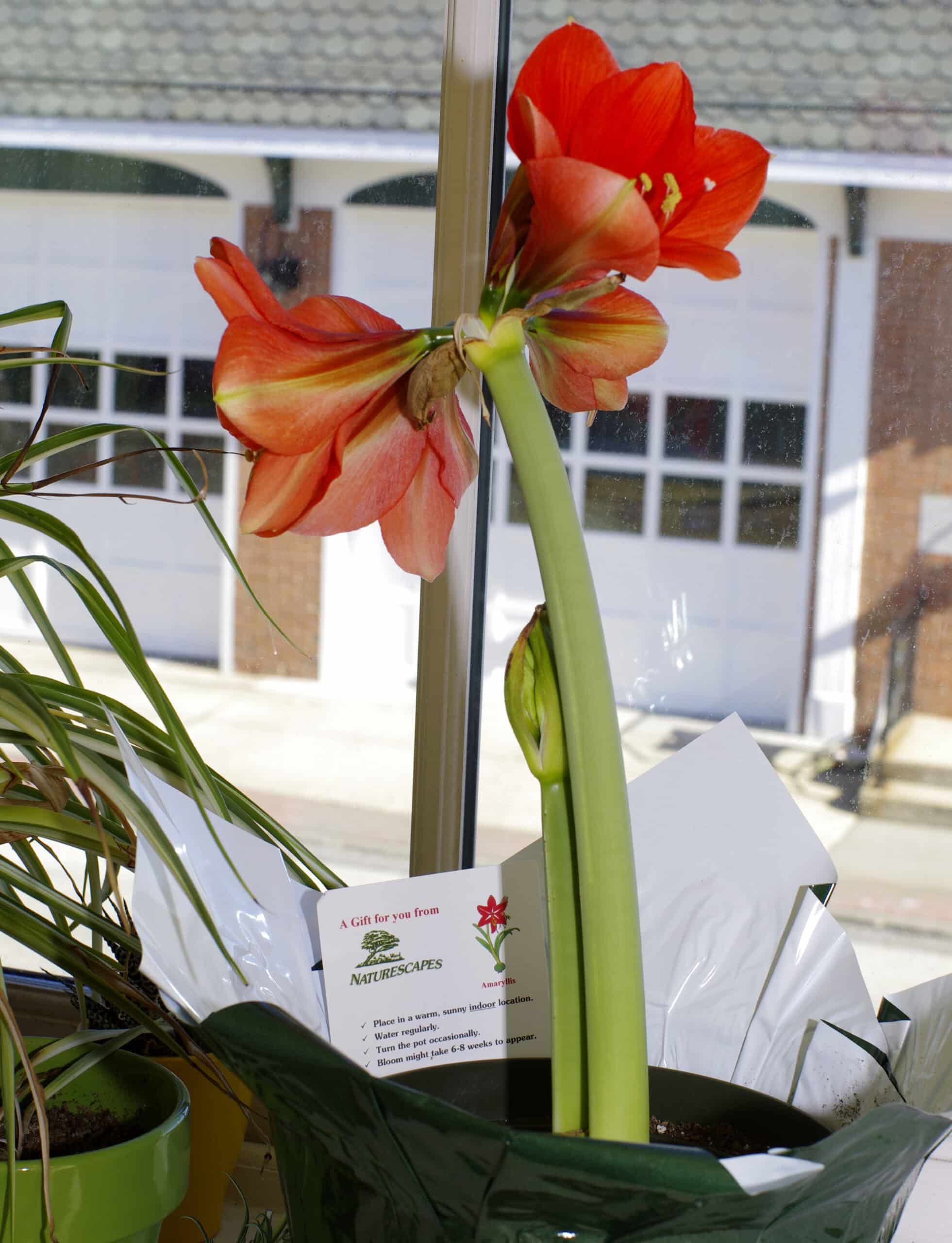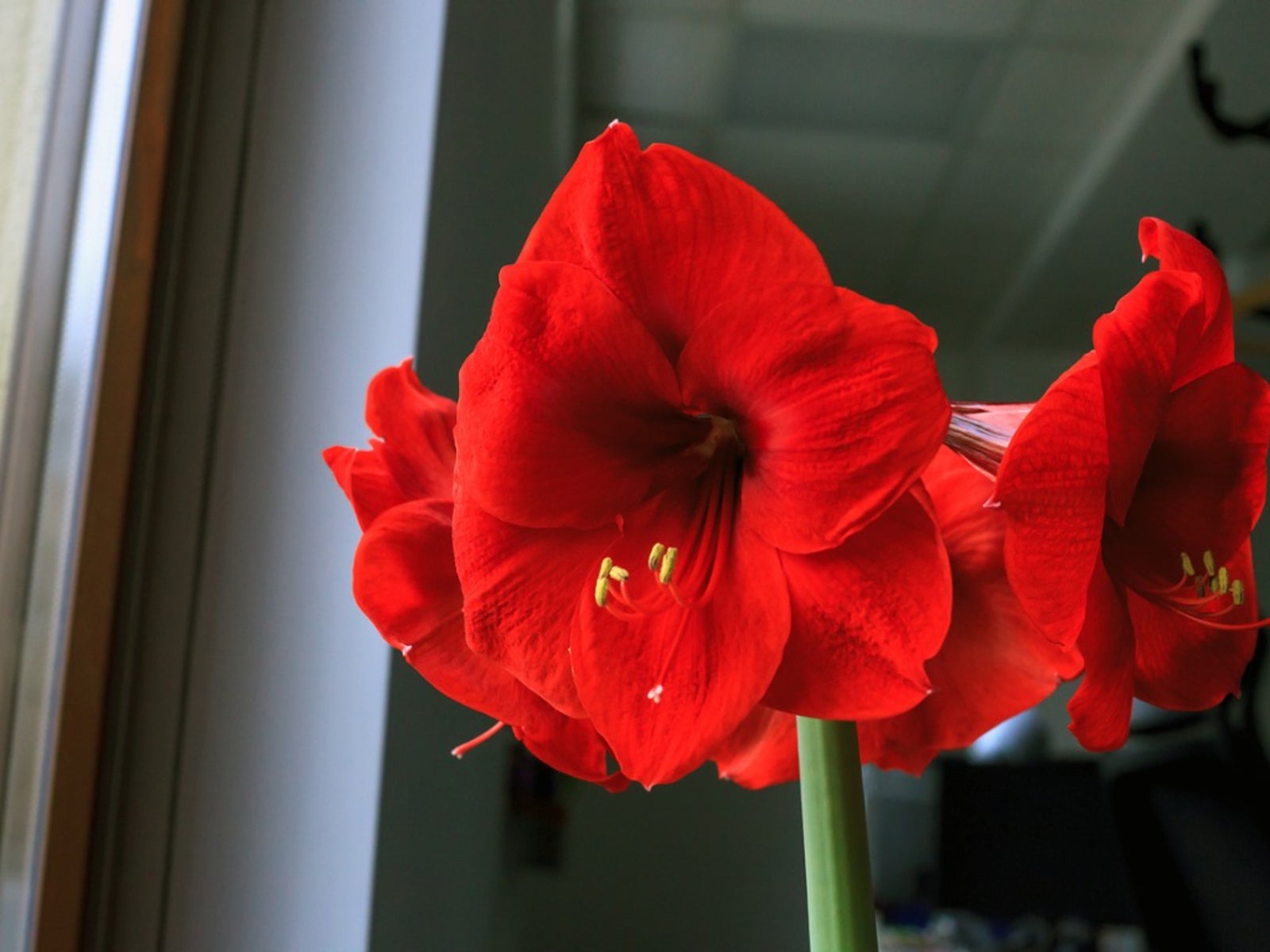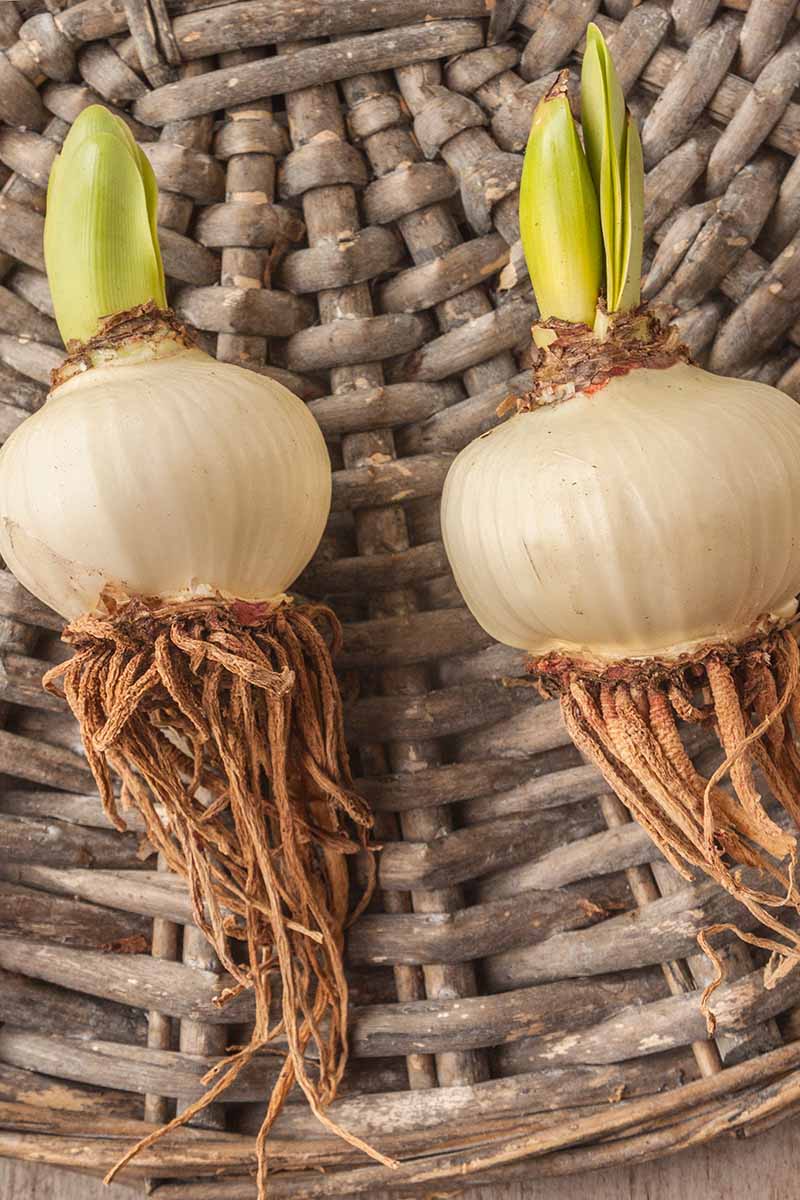Unlocking the Secrets to a Thriving Amaryllis Plant
Amaryllis plants have long been a popular choice for holiday gifts and decorative pieces, thanks to their elegant and exotic appearance. With their large, showy flowers and slender stems, it’s no wonder why these plants are a favorite among flower enthusiasts. However, to keep your amaryllis plant blooming beautifully and remaining healthy, it’s essential to provide it with the right care. Proper care instructions for amaryllis plants are crucial to ensure they thrive and continue to bloom year after year.
One of the main reasons why amaryllis plants are often given as gifts is because of their relatively low-maintenance care requirements. However, this doesn’t mean that they can be neglected. With the right care instructions for amaryllis plants, you can enjoy their beautiful blooms for months to come. From watering and fertilizing to pruning and pest control, providing your amaryllis plant with the right care is essential to its overall health and well-being.
By following the right care instructions for amaryllis plants, you can enjoy their stunning blooms and elegant appearance for years to come. Whether you’re a seasoned flower enthusiast or a beginner, providing your amaryllis plant with the right care is essential to its success. In this article, we’ll explore the essential care tips and instructions for amaryllis plants, including how to create the perfect environment, water and fertilize, prune and groom, and troubleshoot common problems.
How to Create the Perfect Environment for Your Amaryllis
Creating the perfect environment for your amaryllis plant is crucial to its overall health and well-being. Amaryllis plants thrive in temperatures between 65-75°F (18-24°C), making them a great choice for indoor spaces. However, they can tolerate a range of temperatures, from 55-85°F (13-29°C), as long as they are not exposed to extreme temperatures for extended periods.
Humidity is also an essential factor to consider when creating the perfect environment for your amaryllis plant. Amaryllis plants prefer a relatively high humidity, typically above 50%. To replicate this at home, you can use a humidifier or group plants together to create a microclimate. However, be careful not to over-humidify, as this can lead to root rot and other problems.
Lighting is also critical for amaryllis plants. They prefer bright, indirect light, but can tolerate some direct sunlight. East- or west-facing windows are ideal for amaryllis plants, as they provide gentle, indirect light. If you don’t have a window with natural light, you can also use grow lights to provide the necessary light for your plant. When using grow lights, make sure to follow the manufacturer’s instructions and keep the lights at least 6 inches away from the plant to avoid burning the leaves.
By providing your amaryllis plant with the right temperature, humidity, and light conditions, you can help it thrive and bloom beautifully. Remember to follow these care instructions for amaryllis plants to ensure you create the perfect environment for your plant to flourish.
The Art of Watering: A Guide to Hydrating Your Amaryllis
Watering is one of the most critical aspects of caring for an amaryllis plant. Proper watering techniques can make all the difference in promoting healthy growth and blooming. However, overwatering and underwatering are common mistakes that can be detrimental to the plant’s health.
To water your amaryllis plant correctly, it’s essential to understand the plant’s watering needs. Amaryllis plants prefer well-draining soil and should be watered only when the soil feels dry to the touch. Watering once a week is usually sufficient, but this may vary depending on the temperature, humidity, and light conditions of the plant’s environment.
When watering your amaryllis plant, make sure to water thoroughly, allowing excess water to drain from the pot. Avoid getting water on the leaves or crown of the plant, as this can lead to rot and other problems. Instead, water at the soil level, making sure the soil is moist but not waterlogged.
It’s also essential to avoid overwatering, which can lead to root rot and other problems. If you notice the leaves of your amaryllis plant turning yellow or droopy, it may be a sign that the plant is receiving too much water. On the other hand, underwatering can cause the leaves to become dry and brittle. By following these care instructions for amaryllis plants, you can ensure your plant receives the right amount of water to thrive.
In addition to proper watering techniques, it’s also important to consider the type of water used. Tap water can contain high levels of chlorine and fluoride, which can be detrimental to the plant’s health. Using filtered or distilled water can help to minimize the risk of these chemicals affecting your plant.
By mastering the art of watering, you can help your amaryllis plant thrive and bloom beautifully. Remember to monitor your plant’s watering needs and adjust your watering schedule accordingly. With the right care and attention, your amaryllis plant can provide you with stunning blooms and elegant foliage for months to come.
Fertilizing for Success: Choosing the Right Fertilizer for Your Amaryllis
Fertilizing is an essential part of caring for an amaryllis plant. Providing your plant with the right nutrients can promote healthy growth, encourage blooming, and enhance the overall appearance of the plant. When it comes to choosing a fertilizer for your amaryllis, there are several options to consider.
One of the most popular types of fertilizers for amaryllis plants is a balanced, water-soluble fertilizer. These fertilizers typically have a ratio of 20-20-20, meaning they contain equal amounts of nitrogen, phosphorus, and potassium. This type of fertilizer is ideal for amaryllis plants, as it provides a broad range of nutrients that promote healthy growth and blooming.
Another option is a fertilizer specifically formulated for blooming plants. These fertilizers typically have a higher phosphorus content, which helps to promote blooming and flower production. When using a fertilizer specifically formulated for blooming plants, be sure to follow the instructions carefully, as over-fertilizing can be detrimental to the plant’s health.
It’s also important to consider the timing of fertilization. Amaryllis plants typically require fertilization during the growing season, which is usually from spring to fall. During this time, fertilize your plant once a month with a balanced, water-soluble fertilizer. Avoid fertilizing during the dormant period, as this can cause the plant to produce new growth, which can be detrimental to its health.
In addition to using a fertilizer, you can also provide your amaryllis plant with other nutrients, such as compost or manure tea. These natural fertilizers can provide a range of benefits, including improved soil health and increased nutrient availability.
By following these care instructions for amaryllis plants and providing your plant with the right fertilizer, you can promote healthy growth, encourage blooming, and enhance the overall appearance of your plant. Remember to always follow the instructions carefully and avoid over-fertilizing, as this can be detrimental to the plant’s health.
Pruning and Grooming: Maintaining the Beauty of Your Amaryllis
Pruning and grooming are essential parts of caring for an amaryllis plant. Regular pruning and grooming can help maintain the plant’s beauty, promote healthy growth, and encourage blooming. In this section, we will discuss the importance of pruning and grooming, and provide tips on how to do it correctly.
One of the most important reasons to prune and groom your amaryllis plant is to remove dead or dying flowers and foliage. This will help prevent the spread of disease and encourage the plant to produce new growth. To prune your amaryllis plant, simply cut off the dead or dying flowers and foliage at the base of the stem, using a pair of clean and sharp scissors or pruning shears.
In addition to removing dead or dying flowers and foliage, pruning and grooming can also help to shape the plant and encourage new growth. To shape the plant, simply trim back the stems to the desired length, using a pair of clean and sharp scissors or pruning shears. This will help to promote new growth and encourage the plant to produce more flowers.
Another important aspect of pruning and grooming is to remove any dead or dying leaves. This will help to prevent the spread of disease and encourage the plant to produce new growth. To remove dead or dying leaves, simply cut them off at the base of the stem, using a pair of clean and sharp scissors or pruning shears.
It’s also important to note that pruning and grooming should be done at the right time. The best time to prune and groom your amaryllis plant is after it has finished blooming. This will help to promote new growth and encourage the plant to produce more flowers.
By following these care instructions for amaryllis plants and pruning and grooming your plant regularly, you can help to maintain its beauty, promote healthy growth, and encourage blooming. Remember to always use clean and sharp scissors or pruning shears, and to make clean cuts to prevent the spread of disease.
Pest Control and Common Problems: Troubleshooting Your Amaryllis
Despite proper care, amaryllis plants can still be susceptible to pests and common problems. In this section, we will discuss some of the most common issues that can affect amaryllis plants, including mealybugs, spider mites, and root rot. We will also provide tips on how to identify and treat these issues, including the use of organic and chemical controls.
Mealybugs are one of the most common pests that can affect amaryllis plants. These small, white insects can be found on the leaves and stems of the plant, and can cause damage by sucking the sap from the plant. To control mealybugs, use a mild dish soap solution or insecticidal soap. Spray the solution on the affected areas, making sure to cover all surfaces of the plant.
Spider mites are another common pest that can affect amaryllis plants. These tiny, spider-like insects can cause damage by sucking the sap from the plant, and can also cause yellowing or bronzing of the leaves. To control spider mites, use a mild dish soap solution or insecticidal soap. Spray the solution on the affected areas, making sure to cover all surfaces of the plant.
Root rot is a common problem that can affect amaryllis plants, especially if the plant is overwatered. To prevent root rot, make sure to water the plant properly, and avoid getting water on the leaves or crown of the plant. If the plant is already affected by root rot, remove the affected roots and repot the plant in fresh soil.
In addition to these common problems, amaryllis plants can also be susceptible to other issues, such as leaf scorch and flower bud drop. To prevent leaf scorch, make sure to provide the plant with bright, indirect light, and avoid exposing the plant to direct sunlight. To prevent flower bud drop, make sure to provide the plant with proper care, including regular watering and fertilizing.
By following these care instructions for amaryllis plants and being aware of the common problems that can affect them, you can help to keep your plant healthy and thriving. Remember to always monitor your plant for signs of pests or disease, and take action quickly if you notice any issues.
Repotting and Propagation: Giving Your Amaryllis a Fresh Start
Repotting and propagation are essential steps in the care of an amaryllis plant. By repotting your amaryllis plant, you can provide it with fresh soil and a larger pot, which can help to promote healthy growth and blooming. In this section, we will discuss the importance of repotting and propagation, and provide tips on how to do it correctly.
When to Repot: Amaryllis plants typically need to be repotted every 2-3 years, as the soil can become depleted of nutrients and the plant can outgrow its pot. The best time to repot an amaryllis plant is in the spring, after it has finished blooming.
How to Repot: To repot an amaryllis plant, start by carefully removing the plant from its pot. Gently wash the roots with water to remove any old soil, and then trim back any dead or damaged roots. Next, place the plant in a new pot that is slightly larger than the old one, and fill with fresh soil. Water the plant well after repotting, and provide it with bright, indirect light.
Propagation: Amaryllis plants can be propagated through offsets or seed. Offsets are small plants that grow around the base of the mother plant, and can be easily separated and potted up. To propagate through offsets, simply separate the offsets from the mother plant, and pot them up in a well-draining potting mix. Water the offsets well, and provide them with bright, indirect light.
Seed Propagation: Amaryllis plants can also be propagated through seed. To propagate through seed, start by collecting the seeds from the mother plant. Sow the seeds in a well-draining potting mix, and water them well. Provide the seeds with bright, indirect light, and keep the soil consistently moist. It can take several months for the seeds to germinate, but with proper care, they can grow into healthy, thriving plants.
By following these care instructions for amaryllis plants and repotting and propagating your plant correctly, you can help to promote healthy growth and blooming. Remember to always use fresh soil and a well-draining potting mix, and to provide your plant with bright, indirect light.
Long-Term Care: Keeping Your Amaryllis Thriving Year-Round
Long-term care is essential to keep your amaryllis plant thriving year-round. With proper care, your amaryllis plant can bloom beautifully and remain healthy for years to come. In this section, we will discuss the importance of long-term care for amaryllis plants, including the need for regular watering, fertilizing, and pruning.
Regular Watering: Regular watering is crucial to keep your amaryllis plant healthy and thriving. Water your plant once a week during the growing season, and once a month during the dormant season. Make sure to water your plant thoroughly, allowing excess water to drain from the pot.
Fertilizing: Fertilizing is essential to promote healthy growth and blooming in amaryllis plants. Use a balanced fertilizer during the growing season, and a water-soluble fertilizer during the dormant season. Follow the instructions on the fertilizer package for proper application.
Pruning: Pruning is necessary to maintain the shape and size of your amaryllis plant. Prune your plant after it has finished blooming, removing any dead or dying flowers and foliage. Cut back the stems to the base of the plant, and trim back any dead or damaged roots.
Dormant Period: Amaryllis plants require a dormant period to promote new growth and blooming. During the dormant period, reduce watering and fertilizing, and keep the plant in a cool, dark place. This will help to stimulate new growth and blooming in the spring.
By following these care instructions for amaryllis plants and providing long-term care, you can keep your plant thriving year-round. Remember to always monitor your plant’s health and adjust your care routine accordingly. With proper care, your amaryllis plant can bloom beautifully and remain healthy for years to come.








